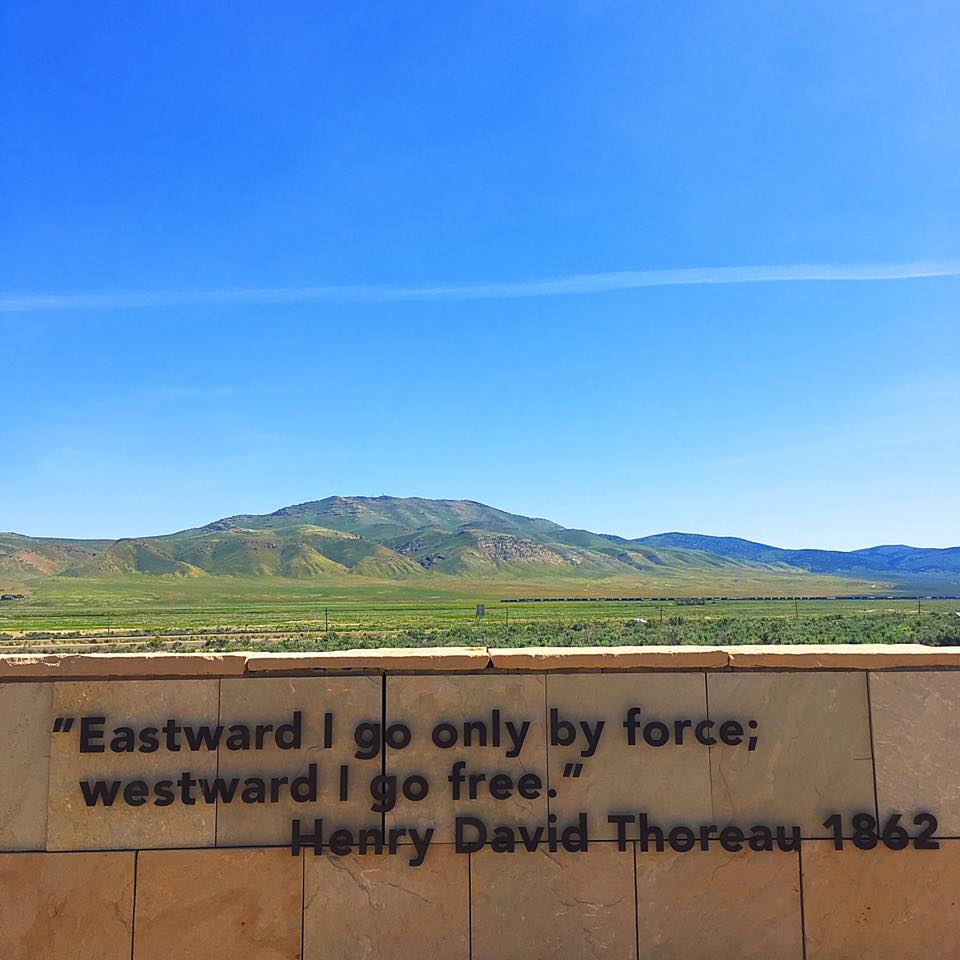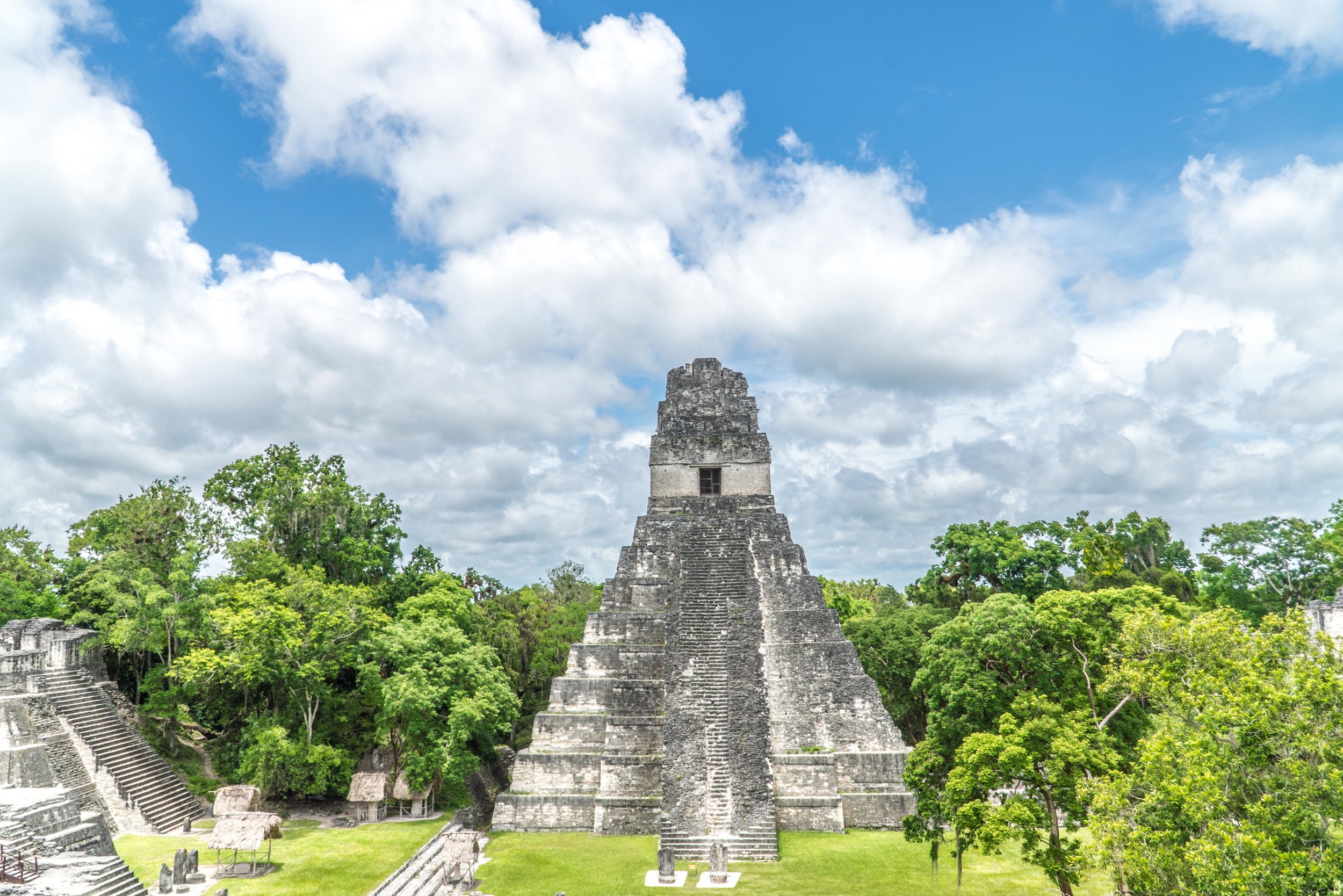11 Surprises from Nevada's Loneliest Road in America
You guys, the Loneliest Road in America, traveling across Central Nevada, is unlike any road trip I’ve ever taken. I’m going to be honest; I largely expected long stretches of empty roads under the shadows of tall mountains, with little signs of life except for the occasional tumbleweed. And there’s certainly that (including the tumbleweeds). However, as I recently discovered on my road trip of Nevada's Loneliest Road in America, there’s so much more to it. And that’s what makes the Loneliest Road in America worthy of a Nevada road trip. It’s those things I discovered along the way that made it unlike any other road trip I’ve ever taken.
So today I’m coming to you with a few of the more surprising things I discovered along Nevada's Loneliest Road in America, Highway 50.
1.Nevada’s first, and only, estate distillery. Yes, a distillery, Frey Ranch Estate, is on the Loneliest Road in America. And not just any distillery, but Nevada’s first estate distillery, which means that all of the ingredients come from the property. Frey Ranch Estate is located in Fallon just off Highway 50, before the Loneliest Road in America really gets lonely. You can currently visit for tours and tastings of their products, which includes an award-winning gin and vodka, with a number of whiskey products to come.
2. Sand Mountain. That is, a mountain made out of sand. Years ago, Sand Mountain began forming because of wind that blew across the delta (yes, seriously). Today it stands as a 600-foot, 2-mile sand mountain. Did that just blow your mind? Today, it’s largely used as a recreation area for those who want to ride down it on sandboard or ATV.
3. Ward Charcoal Ovens. When I say “charcoal ovens,” I don’t mean like a charcoal grill, but rather 30-foot-tall charcoal ovens made by stone, which are nothing short of an architectural wonder in how they were constructed. Built in the late-1800s, the Ward Charcoal Ovens (off Highway 50 near Ely) lived a short work life, just for a couple years, as they were used for the silver mining town of nearby Ward, serving essentially as a furnace for melting ore. Today visitors can actually walk into several of the ovens, while there is also a trail system at the park that is on the U.S. National Register of Historic Places.
4. Stokes Castle in Austin, Nevada. A freakin’ castle, y’all. Stokes Castle, dating back to the late 1800s, is listed on the National Register of Historic Places, and one of the most unique pieces of architecture that I’ve seen in Nevada. However, it’s less of a traditional castle, and more of a three-story stone tower that sits perched on the hill, overlooking the valley floor below and the Loneliest Road in America. If you go at any time, go at sunset, when the sun drops below the rolling hills on the horizon.
5. Nevada Northern Railway Museum at the East Ely Depot. Time stands still at the East Ely Depot, where it looks like its employees in the 1980s went out to lunch, but never came back. And that’s essentially what happened, since the employees who were laid off more than 30 years ago, expected to be back within a few days or weeks. But the railroad yard never reopened. Today it stands as one of the best examples of preserved railroad yards in America, while on the weekends it features 90-minute locomotive rides for guests.
6. McGill Drugstore Museum. Continuing with the nostalgic theme is McGill Drugstore Museum, located just outside of Ely in McGill. While the drugstore officially closed decades ago, you wouldn’t know it, since it looks just like it did several decades ago, with items lining the aisles such as developed film that was never picked up, hygiene products from the mid-1900s, and an old fashioned soda fountain. If you’re lucky when you stop in, you’ll find volunteer, Daniel Braddock, dishing out ice cream from the soda fountain.
7. 100-year-old bars. Just across the street from McGill Drugstore is McGill Club, dating back to 1907, and one of a number of 100-year-old bars around Nevada. It’s yet another example of a Nevada time warp as soon as you walk in, with paraphernalia donning the walls that date back decades. Just off Highway 50, before the Loneliest Road in America officially starts, is Genoa Bar and Saloon, which is Nevada’s oldest bar, dating back to the mid-1800s.
8. Central Nevada Landscape. I think perhaps the most surprising thing of the entire Nevada road trip was just how dramatic the landscape was. Nevada after all is the most mountainous state in America (yes, really). At one moment we'd be driving past a mountain made of sand and the next a mountain covered with snow. One moment driving past grassy fields, and the next flowing rivers. It was stark, it was beautiful.
9. Wildlife. Similar to the point above, was my shock at the wildlife I saw. In Fallon, for example, there’s Stillwater National Wildlife Refuge, located in the Lahontan Valley Wetlands, and considered one of the most important wetlands areas of America, known for the wide-range of birds, and especially shorebirds. Elsewhere, there were wild mustangs, badgers, pronghorn antelope, and more jackrabbits then I could shake a stick at.
10. Historic trails along Nevada's Loneliest Road in America. While the title of Nevada's Loneliest Road in America is just 30 years old, there are other titles given to some of the trails and roads that date back much further, such as the Pony Express. In 1860 and 1861, Pony Express riders would ride much of the same route that today is the Loneliest Road in America. That same period of history saw thousands upon thousands of emigrants pass just north, on what’s called the California Trail, on the way to California. One of the best displays of history about it can be found at the California Trail Interpretive Center, located in Elko.
11. Shoe Tree of Middlegate. Continuing with the literal meanings of points of interest on Highway 50 is the Middlegate Shoe Tree, which is just that, a shoe of trees. However, this is actually the sister tree of the original that was cut down several years ago by vandals. The story, however, really brings it to life. The story goes that in the 1980s, a newlywed couple got into an argument under the original tree and the man ended up taking his wife’s shoes and slinging them up into the tree so she couldn’t leave. A couple beers and a stern talking to later by the local bartender, and the man drove back to the tree to find his wife, just as he had left her. They made up (and naturally, he had to toss up his shoes, too) and lived happily ever after, with folks ever since, throwing their pairs of shoes into the tree.
What are your favorite unique road trips?




















